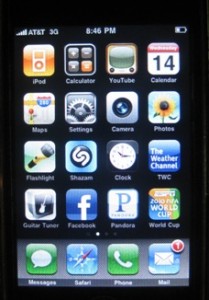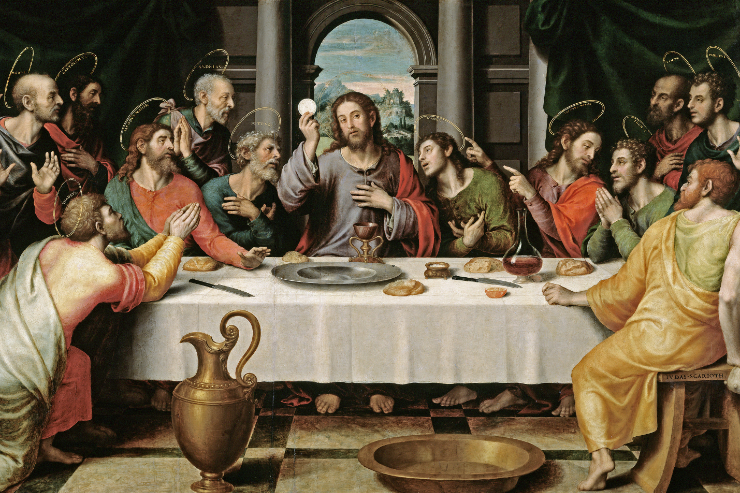 Do you feel like a fish out of water when it comes to what has been referred to as the new media or the social media? Do you even know what someone is referring to or do your eyes glaze start to glaze over when they use those terms or ask you how many “friends” you have on-line? Do you wish you knew how to evangelize more effectively through the Internet? Or maybe you have some concerns about keeping your parish, your youth minister, or your own family accountable when it comes to communicating on-line.
Do you feel like a fish out of water when it comes to what has been referred to as the new media or the social media? Do you even know what someone is referring to or do your eyes glaze start to glaze over when they use those terms or ask you how many “friends” you have on-line? Do you wish you knew how to evangelize more effectively through the Internet? Or maybe you have some concerns about keeping your parish, your youth minister, or your own family accountable when it comes to communicating on-line.
If any of these questions grab your attention then head on over to the web site of the United States Conference of Catholic Bishops (www.usccb.org) and check out the document issued by the bishops concerning their new social media guidelines (www.usccb.org/comm/social-media-guidelines.shtml ). It’s an excellent resource that can help any one looking not only to learn more about social media but those of us who are hoping or trying to approach a very powerful communications tool from a Catholic perspective. In this document the bishops give us an overview of the Church and social media looking at such issues as visibility, accountability, and community. There is an entire section of definitions of common on-line terms for new media neophytes. There is also, within the guidelines, the understanding that with some 400 million users on Facebook alone, the Church needs to be a part of the social media community because if not, it could miss out on a major evangelization opportunity. The bishops also see the potential dangers and pitfalls if some instruction is not offered on how to engage the community through these on-line venues.
“The key question that faces each church organization that decides to engage social media is; how will we engage? Careful consideration should be made, to determine the particular strengths of each form of social media (blogs, social networks, text messaging, etc. and the needs of a ministry, parish, or organization,” the document reads.
The USCCB insists that appropriate boundaries have to be established and need to be in sync with diocesan codes of conduct especially where the area of protecting children and young people is concerned. They’ve even including several paragraphs on “Social Networking with Minors” which is a definite must read for Moms and Dads as the bishops encourage parental monitoring and involvement in their children’s social media activity.
“Parents must have access to everything provided to their children. For example parents should be made aware of how the social media are being used, be told how to access the sites, and be given the opportunity to be copied on all material sent to their children via social networking (including text messages).
This is helpful material for parents trying to cope with the many challenges of raising children in the digital age. In my work as a speaker addressing media issues I find unfortunately the majority of parents fall into one of either two extreme categories; they are overwhelmed by the technology and leave their children to navigate the Internet on their own. Or they severely restrict media usage, especially when it comes to the computer. The bishops and the Catholic Church starting with Pope Benedict, say there is a middle ground to be found here. The latest USCCB document even contains links to the Holy Father’s two most recent World Communications Day statements from 2010 and 2009. Both World Communications Day message are packed with great insight on how all Catholics, whether laity or religious should approach this medium of social networking.
The Church is our Mother ship, there to help us navigate through life and hopefully make it safely to the other side. Thanks to the solid media teachings of the Pope and the bishops we now know we don’t have to set out alone in the vast sea of ever-changing computer technology. It’s a good feeling to know these new guidelines are only a click away. I for one am grateful.













